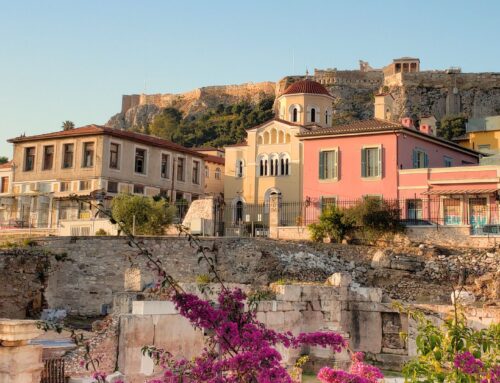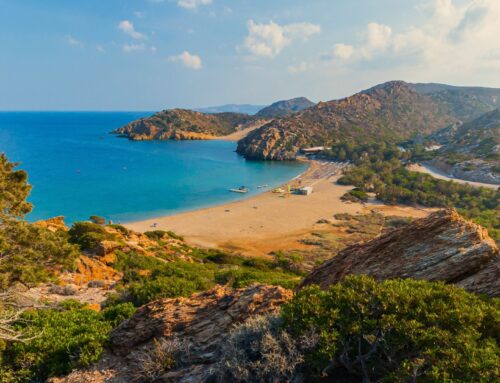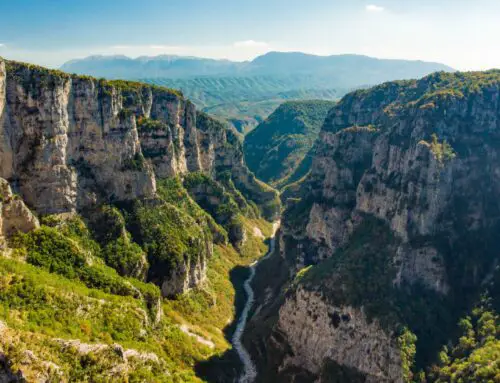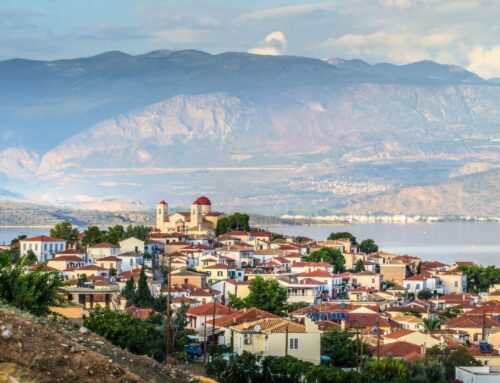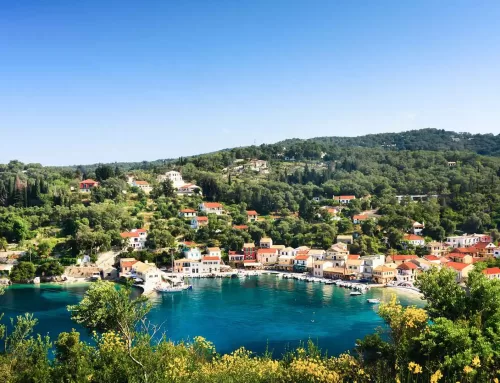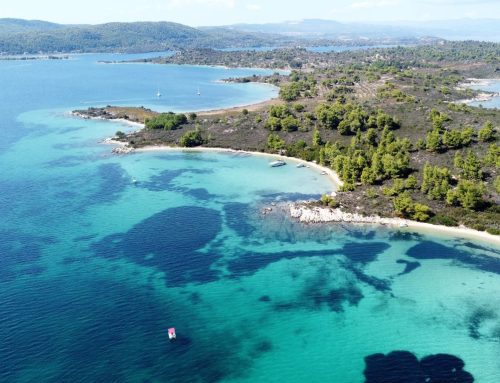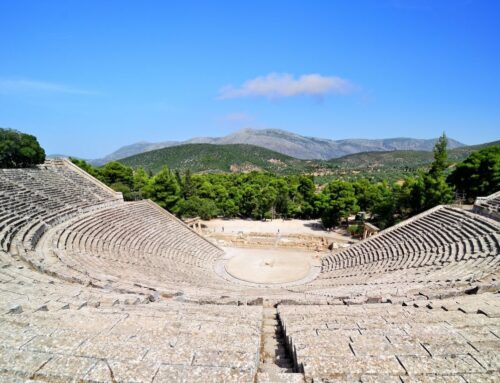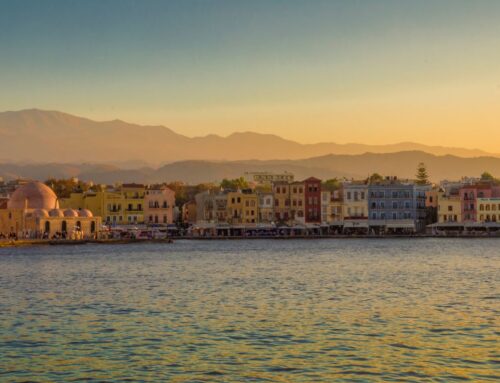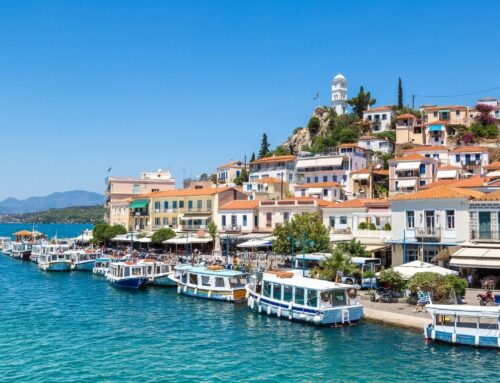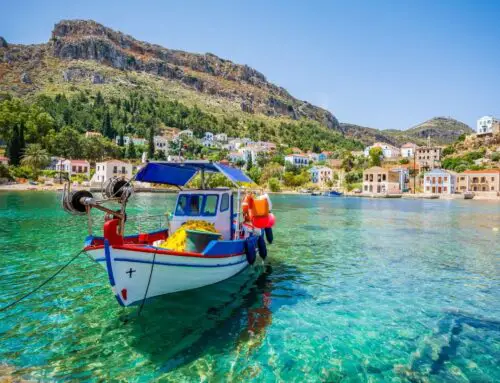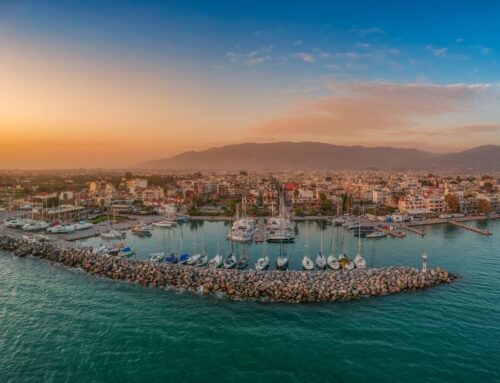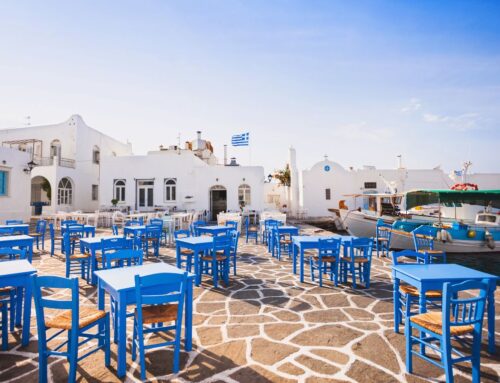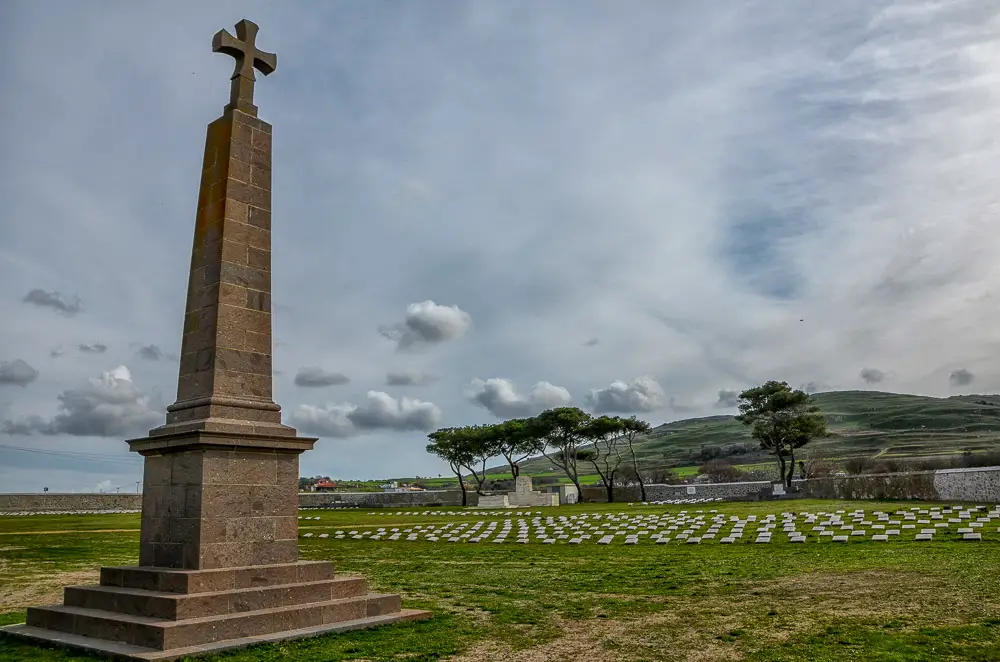
What You Need to Know About The ANZAC in Greece
What You Need to Know About The ANZAC in Greece



☞ Table of Contents:
In the middle of the First World War, on the 8th of March 1915, the Australian and New Zealand Army Corps, part of the ANZAC forces, arrived on the island of Lemnos at the Bay of Moudros to assist in the campaign of Gallipoli.
The aim of their mission was to capture the peninsula of Gallipoli, which was then under Ottoman control, and thus allow the French navy to aid Russian naval forces in gaining access to the Mediterranean Sea.
Although the First World War did not directly threaten Australia’s territorial integrity, the government at the time decided that, as part of the British Commonwealth, they would join the Allied powers and assist in the war against Germany and her allies.
The campaign of Gallipoli was the first time the newly formed Australian force would engage in military combat.
The forces of ANZAC, embarking from the Port of Moudros, made dozens of attempts to overrun the peninsula of Gallipoli that were all unsuccessful. After eight months of fighting and tens of thousands of casualties on both sides, the ANZAC forces finally made a successful withdrawal.
The campaign was considered a failure; about it was written, “no mistake wasn’t made”.
Pointless words for the over one hundred thousand lives and dreams that were all lost in the trenches of Gallipoli. The events that took place in Gallipoli were instrumental for the development of a national identity for both Australians and New Zealanders and the legend of this campaign has stood the test of time.
ANZAC Day is celebrated on the 25th of April in both countries as a national day of remembrance.
Many commemorations take place in the countries that were involved, including the small island of Lemnos in Greece.
The two military cemeteries found there, Moudros and Portianos, are home to 148 fallen Australians and 76 New Zealanders, aged 17 to 56 years old.
Despite the tragic outcome of the campaign, the Australian and New Zealand troops left the island of Lemnos with fond memories of the hospitality and generosity of the Greek people.
This relationship would later prove helpful in the smooth integration of immigrants from Lemnos to Australia. Many monuments exist in both Antipodean countries dedicated to the “Heroes of Lemnos” which emphasize the strong historical and cultural bond between these two nations and Greece.
Modern history has shown that Greece has been the staging area for significant battles in world shaping events such as the two 20th century World Wars. Along with the ANZAC presence in Lemnos as the launching point for the Gallipoli campaign, the island of Crete, south of the Greek mainland, saw more furious and tragic battles during the German occupation in World War II.
Again, the ANZACs were front and center in Crete for these engagements.
So, like Lemnos, ANZAC cemeteries are scattered across the Cretan landscape. These warriors from ‘down under’ who were joined by the Greek partisans and shed their blood on Greek soil to free Crete from the German occupation will forever be remembered and revered for their sacrifices.
The ANZAC bond to Greece is forged in the soil of Lemnos and Crete where the blood of these soldiers will intermingle for eternity.
*Disclaimer: This page might include affiliate links. If you decide to book something through one of them, I might get a little bonus, but it won't cost you anything extra.*

